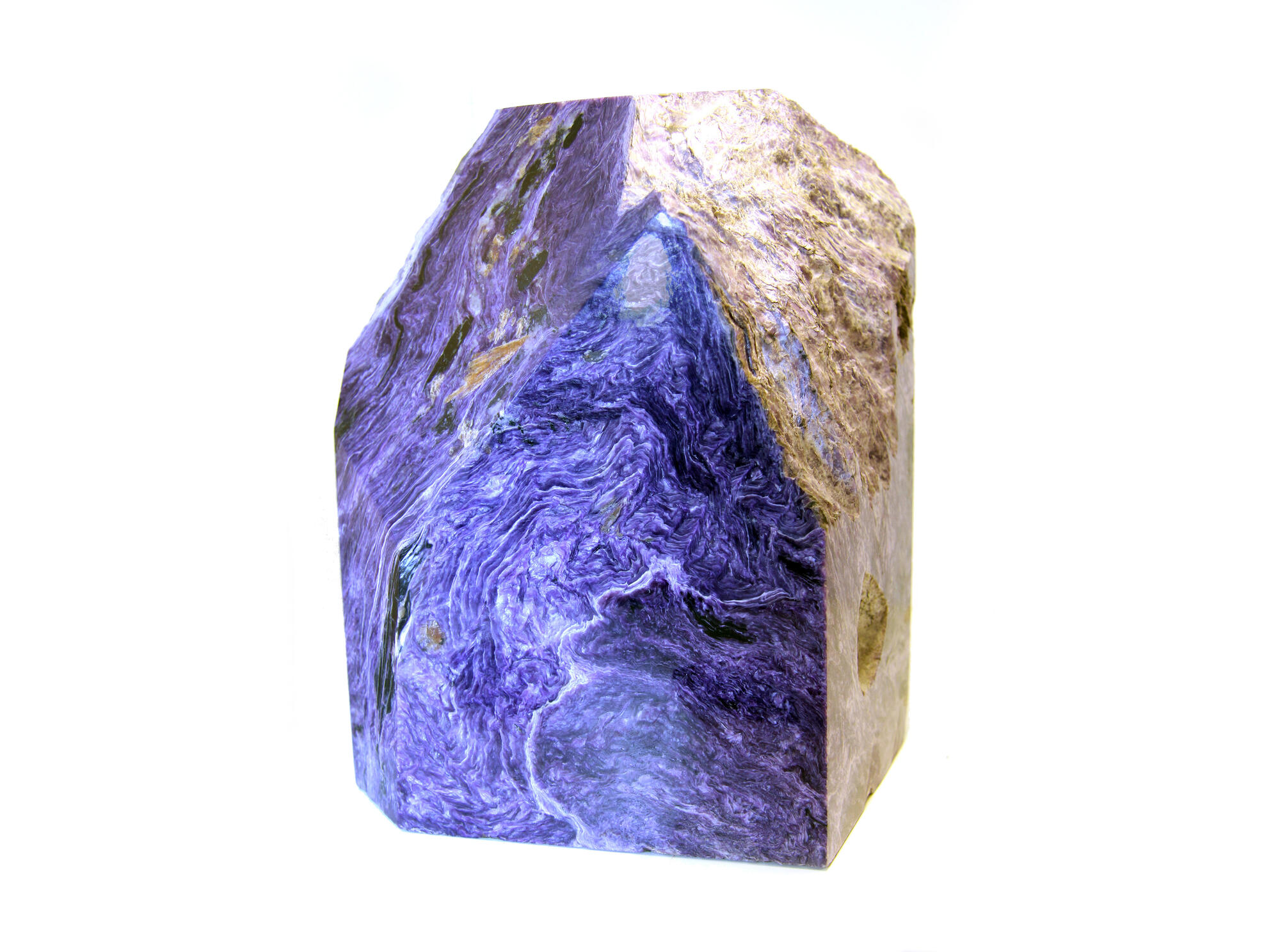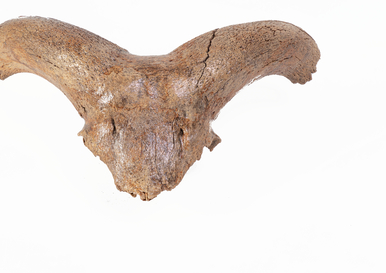The name of the stone comes from the word ‘charming’ and from the name of the Chara River in Yakutia, in the valley of which it was first discovered. This happened in 1948 during the expedition of the outstanding geologist Vladimir Georgievich Ditmar. In the course of exploration of the Murun Massif in the Lena River basin, the scientist has discovered chunks of purple mineral. Ditmar marked the site on the map and described the rock as a type of shale. It was only in 1960 that it became clear that the stone discovered in the remote Northern taiga was an unknown mineral to science.
Geologists Yury Gavrilovich and Vera Parfentyevna Rogovy are considered to be the discoverers of the gem and its industrial deposits. During a business trip to France, Yury Rogov visited the Mineralogical Museum of the Louvre, which claimed to have a complete collection of all the Earth’s minerals. The geologist showed a plate of lilac rock and asked to identify the mineral. The museum staff were forced to admit that they do not have such a mineral. A little later, he was offered to sell the sample to the museum, to which the Soviet geologist refused.
Charoite is still a unique stone. Its deposit has been discovered only on the territory of Russia. It is located in the fault of the Baikal Rift on the watershed of the Chara and Tokko Rivers and was named “Lilac Stone” in honor of the characteristic color of the mineral.
There are more than 100 varieties of charoite that differ in color, namely: from sharp ink to the most delicate shades of violet. Charoite has not gained worldwide popularity. Among the reasons are restrictions imposed on the extraction and export of the mineral, radioactive impurities that are often found in charoite and can damage health with prolonged contact, and even unnatural beauty, because of which the stone can be mistaken for artificial. However, in Russia, charoite is widely used in the manufacture of jewelry and accessories. It is used to make caskets, vases, candlesticks, and carved art products. The main prizes of the Moscow International Film Festival were made from Siberian gem. Large samples of semi-precious stone and products made from it are welcome exhibits at auctions and galleries.
Geologists Yury Gavrilovich and Vera Parfentyevna Rogovy are considered to be the discoverers of the gem and its industrial deposits. During a business trip to France, Yury Rogov visited the Mineralogical Museum of the Louvre, which claimed to have a complete collection of all the Earth’s minerals. The geologist showed a plate of lilac rock and asked to identify the mineral. The museum staff were forced to admit that they do not have such a mineral. A little later, he was offered to sell the sample to the museum, to which the Soviet geologist refused.
Charoite is still a unique stone. Its deposit has been discovered only on the territory of Russia. It is located in the fault of the Baikal Rift on the watershed of the Chara and Tokko Rivers and was named “Lilac Stone” in honor of the characteristic color of the mineral.
There are more than 100 varieties of charoite that differ in color, namely: from sharp ink to the most delicate shades of violet. Charoite has not gained worldwide popularity. Among the reasons are restrictions imposed on the extraction and export of the mineral, radioactive impurities that are often found in charoite and can damage health with prolonged contact, and even unnatural beauty, because of which the stone can be mistaken for artificial. However, in Russia, charoite is widely used in the manufacture of jewelry and accessories. It is used to make caskets, vases, candlesticks, and carved art products. The main prizes of the Moscow International Film Festival were made from Siberian gem. Large samples of semi-precious stone and products made from it are welcome exhibits at auctions and galleries.



